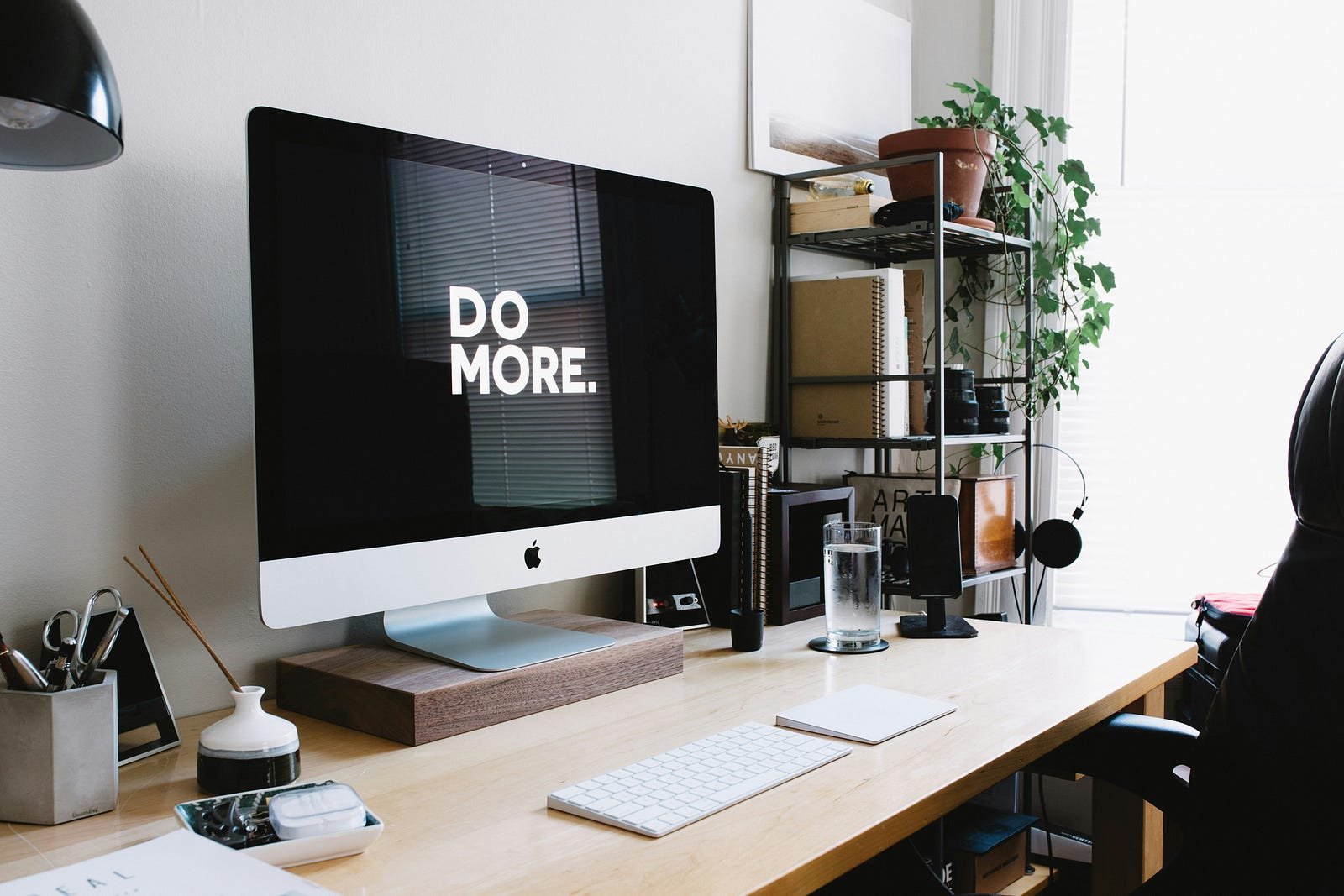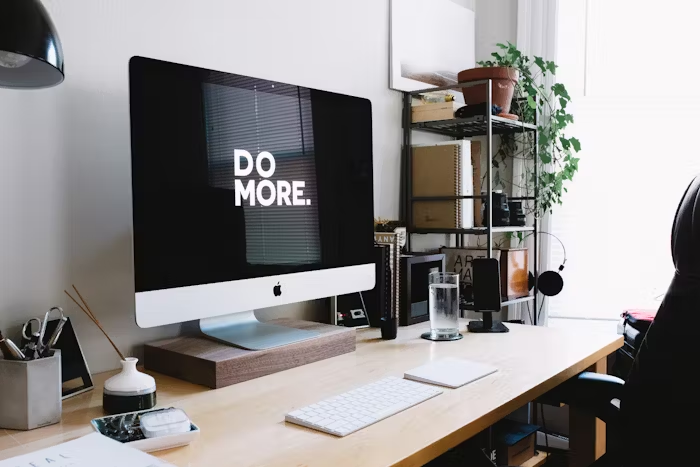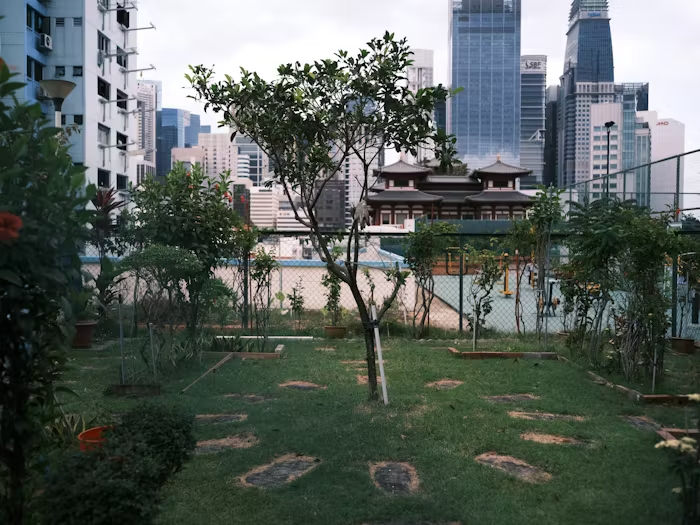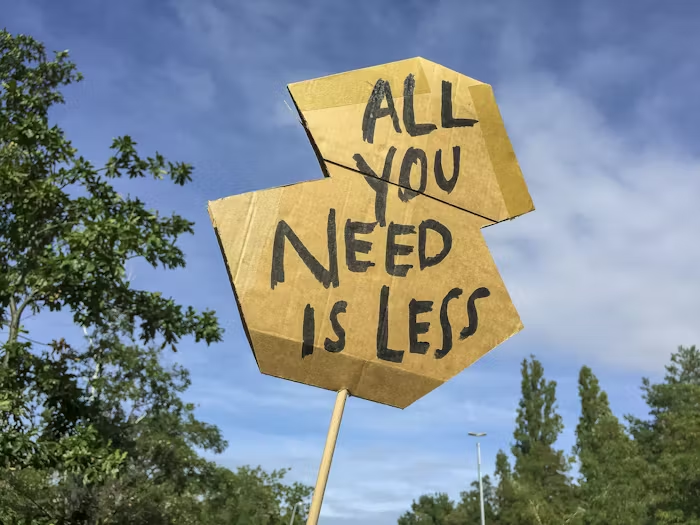Decluttering your home is more than just a weekend project — it’s a transformative process that can significantly enhance your mental clarity, emotional well-being, and overall productivity. A clutter-free environment fosters focus, reduces stress, and creates space for what truly matters in your life. Whether you’re aiming to optimize your workspace, reclaim your living room, or simply embrace a more organized lifestyle, this guide will help you declutter effectively while reaping the productivity benefits.
In this comprehensive article, we’ll explore the connection between clutter and productivity, step-by-step decluttering strategies, and actionable tips to maintain an organized home for the long term.

Why Decluttering Matters for Productivity
Before diving into the “how,” it’s essential to understand the “why.” Clutter isn’t just about physical disorganization — it also impacts your mental state and productivity levels.
The Psychological Effects of Clutter
- Increased Stress Levels: Clutter can overwhelm your senses, leading to feelings of anxiety and unease.
- Decision Fatigue: An untidy environment requires constant decision-making about what to focus on, which drains mental energy.
- Reduced Focus: A cluttered space can pull your attention in multiple directions, making it harder to concentrate on tasks.
The Productivity Benefits of Decluttering
- Improved Focus: A clean, organized space allows you to work more efficiently without distractions.
- Enhanced Creativity: With fewer visual distractions, your brain has more room for creative thinking.
- Time Savings: An organized home makes it easier to find what you need, saving time and reducing frustration.
Now that you know why decluttering matters, let’s dive into the step-by-step process.
Step 1: Prepare for Decluttering Success
Before you start, preparation is key. Decluttering is more effective when approached with a clear plan and the right mindset.
1. Set Clear Goals
Ask yourself:
- What do you want to achieve with decluttering?
- Which areas of your home need the most attention?
Tip: Break your goals into manageable tasks, such as “declutter the kitchen” or “organize the office desk.”
2. Gather Essential Supplies
Having the right tools on hand makes the process smoother:
- Boxes or bins for sorting items.
- Garbage bags for trash or recycling.
- Labels and markers for organizing storage.
- Cleaning supplies for tidying up as you go.
3. Create a Schedule
Decluttering can be time-consuming, so set aside dedicated time for each area. Whether you prefer short daily sessions or longer weekend projects, consistency is key.
Tip: Use a timer to stay focused and prevent burnout.
Step 2: The Decluttering Process
Decluttering doesn’t have to be overwhelming. Follow these steps to tackle any space effectively.
1. Start Small
Begin with a small area, like a drawer or shelf, to build momentum and confidence. Once you see progress, it’ll motivate you to continue.
2. Sort Items into Categories
Use the Four-Box Method:
- Keep: Items you use regularly or love.
- Donate/Sell: Items in good condition that someone else could use.
- Trash/Recycle: Items that are broken or no longer needed.
- Undecided: Items you’re unsure about (limit these to a small box).
3. Use the “One-Year Rule”
Ask yourself:
- Have I used this item in the past year?
- Will I realistically use it in the next year?
If the answer is no, it’s time to let it go.
4. Organize as You Go
Once you’ve sorted items, organize what you’re keeping. Use storage solutions like:
- Bins or baskets for grouping similar items.
- Shelving units for vertical storage.
- Drawer dividers for smaller objects.
5. Declutter Room by Room
Breaking the process into smaller sections makes it more manageable. Here’s a quick guide for each space:
Living Room:
- Remove unnecessary decorations or furniture.
- Organize books, magazines, and remote controls.
- Store blankets or pillows in designated baskets.
Kitchen:
- Discard expired food and duplicate utensils.
- Organize pantry items in labeled containers.
- Clear countertops for a cleaner look.
Bedroom:
- Donate clothes you haven’t worn in a year.
- Organize your closet by category (e.g., shirts, pants, accessories).
- Keep only essential items on your nightstand.
Home Office:
- Digitize paper documents to reduce clutter.
- Organize cords and cables with clips or ties.
- Keep your desk surface clear for better focus.
Bathroom:
- Discard expired toiletries and makeup.
- Use drawer organizers for small items.
- Store cleaning supplies under the sink in labeled bins.
Step 3: Boosting Productivity Through Decluttering
Once your home is decluttered, it’s time to harness the productivity benefits. Here’s how an organized environment can supercharge your daily routine:
1. Create Designated Work Zones
Having specific areas for work, relaxation, and hobbies helps your brain transition between tasks more effectively.
Tip: Keep your workspace minimal — only essential tools and supplies.
2. Implement Daily Habits
Prevent clutter from creeping back by incorporating simple daily habits:
- The “One-Minute Rule”: If it takes less than a minute, do it now (e.g., putting away shoes).
- Nightly Reset: Spend 10 minutes tidying up before bed.
3. Optimize Storage Solutions
Use space-saving techniques to maintain order:
- Stackable bins for seasonal items.
- Over-the-door organizers for shoes or cleaning supplies.
- Hidden storage (e.g., under-bed drawers) for rarely used items.
4. Adopt a Minimalist Mindset
Shift your focus from acquiring more to valuing what you already have. Ask yourself:
- Does this item serve a purpose or bring me joy?
- Would my life be simpler without it?
5. Practice Mindful Consumption
Avoid bringing unnecessary items into your home by:
- Shopping with a list.
- Avoiding impulse purchases.
- Borrowing or renting items you’ll only use once.
Maintaining a Clutter-Free Home
Decluttering isn’t a one-time task — it’s an ongoing process. Here’s how to keep your home organized for the long term:
1. Regular Decluttering Sessions
Schedule periodic decluttering sessions (e.g., monthly or seasonally) to stay on top of clutter.
2. Involve Your Family
Encourage everyone in your household to participate in maintaining a tidy space. Assign specific tasks or areas to each person.
3. Celebrate Progress
Acknowledge your efforts and enjoy the benefits of a clean, organized home. Reward yourself with a relaxing activity or treat.
Transform Your Life Through Decluttering
Decluttering your home is more than just tidying up — it’s an investment in your productivity, well-being, and overall quality of life. By creating a clean and organized environment, you’ll free up mental space, reduce stress, and set the stage for greater focus and creativity.
Remember, the key to success is starting small, staying consistent, and embracing a minimalist mindset. With these strategies, you’ll not only declutter your home but also boost your productivity and create a space that supports your goals and aspirations.
Are you ready to reclaim your home and unlock your full potential? Start your decluttering journey today, and watch as it transforms both your space and your life.










